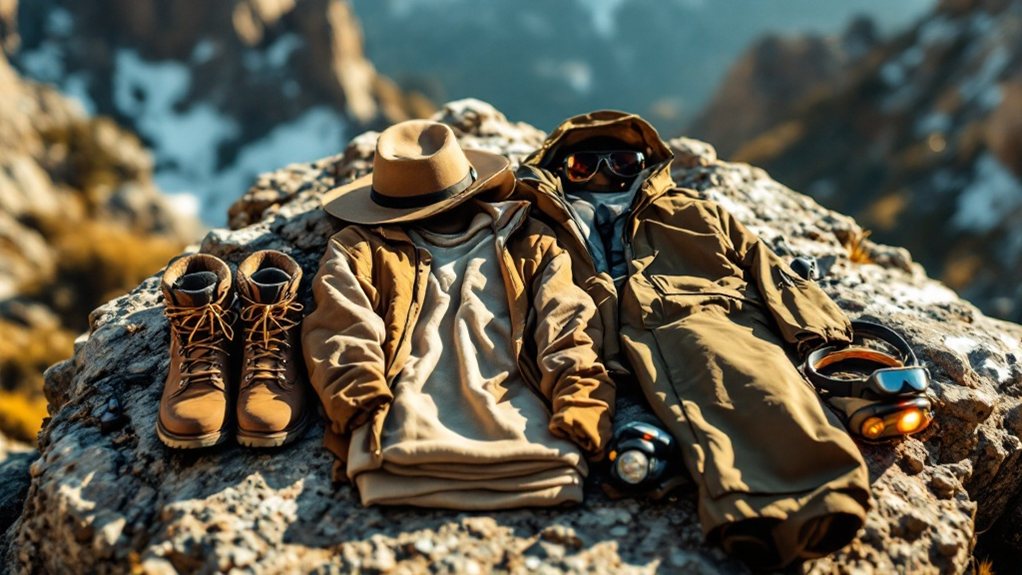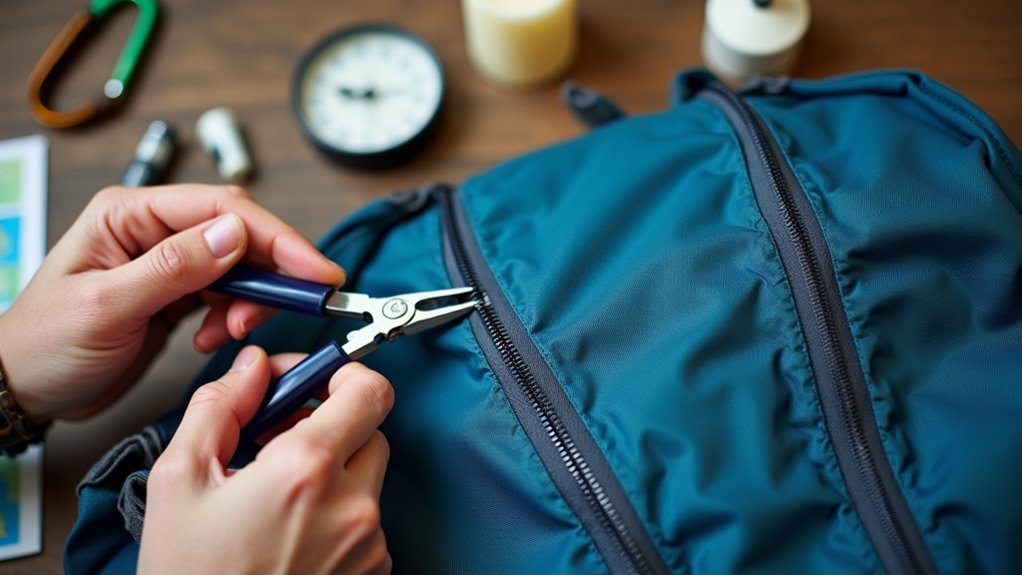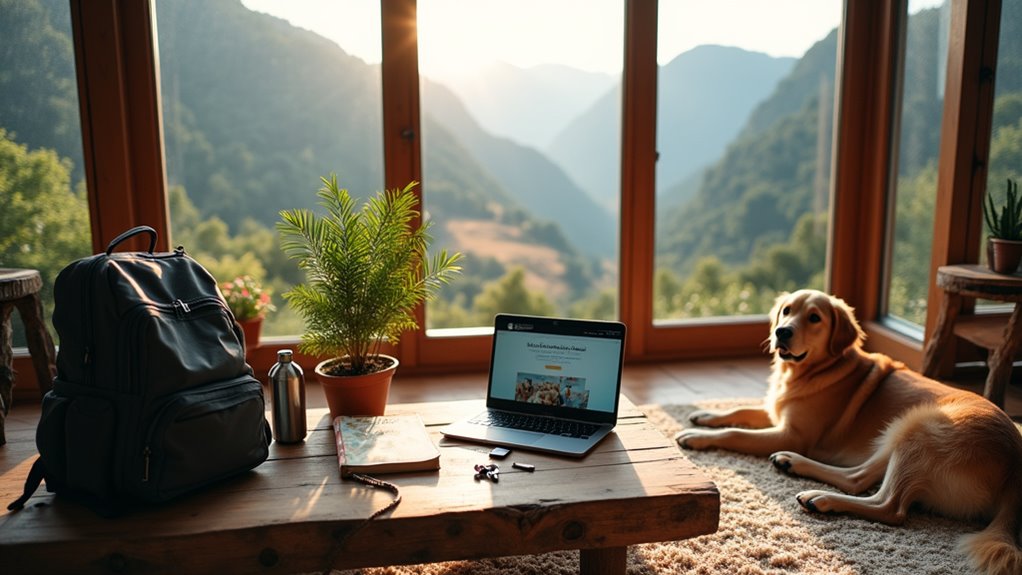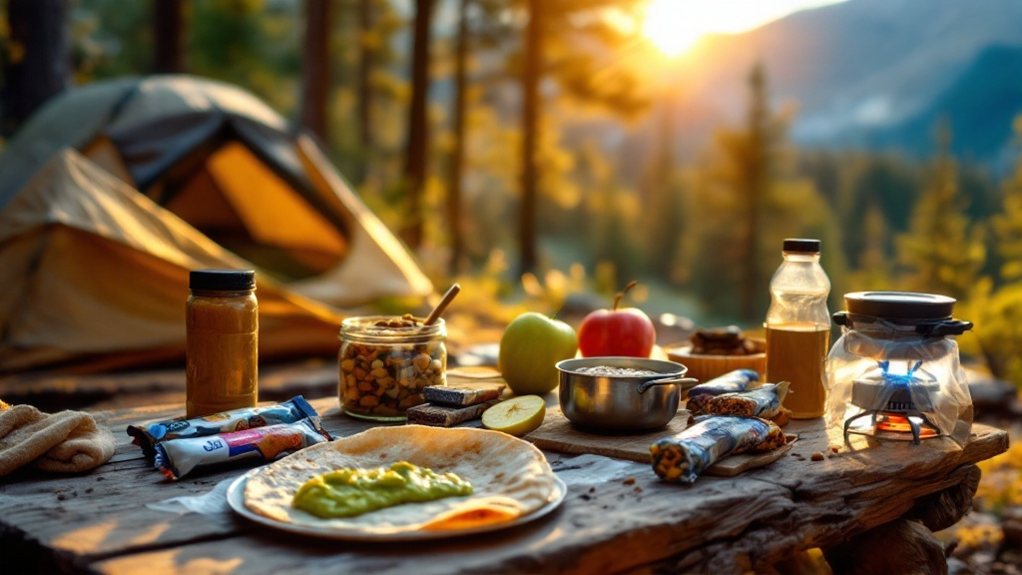For comfort and safety while hiking, individuals should wear sturdy hiking boots or shoes with good traction, moisture-wicking socks, and breathable shirts that offer protection from UV rays. Layered clothing, including insulating and waterproof jackets, enables temperature regulation and weather protection, while hiking pants or shorts made from quick-drying fabrics support mobility and guard against the environment. Accessories like hats, sunglasses, and gloves provide extra safety, and insect-repellent options help prevent bug bites. Further information covers selecting gear for specific conditions.
When preparing for a hiking trip, selecting appropriate clothing and gear is vital for safety, comfort, and adaptability to changing conditions. Footwear plays a foundational role, with sturdy hiking boots or shoes offering critical traction and stability on uneven terrain. Comfortable designs that fit well help prevent blisters and discomfort during extended walks. For those undertaking lighter or faster-paced hikes, trail running shoes may be suitable, provided the trails are not overly rugged. Moisture-wicking socks are recommended to keep feet dry and minimize friction, while waterproof footwear is beneficial in wet or muddy environments.
Choosing the right footwear ensures comfort, stability, and safety on the trail, laying the groundwork for a successful hiking experience.
Upper body clothing should prioritize moisture management and protection. Breathable, moisture-wicking shirts help regulate body temperature, reducing sweat buildup. Long-sleeved shirts or specialized sun shirts offer effective protection against ultraviolet rays, which is especially significant at higher elevations or during long hours of exposure. In colder conditions, thermal layers provide necessary insulation, and shirts with ventilation panels can help maintain airflow. Pocket accessibility in shirts adds convenience for storing small items like maps or snacks. Many hikers also benefit from using a pack liner or compactor bag to keep upper body and other gear dry during wet conditions. Layering moisture-wicking, quick-drying fabrics like nylon and polyester for shirts and baselayers is especially important for warm-weather hikes, as these materials help manage sweat and prevent overheating.
For lower body options, hikers should consider the weather and trail conditions. Hiking shorts made of breathable materials are ideal for warm climates, while hiking pants are preferable in cooler or overgrown environments to protect against scratches and insects. Leggings can offer extra warmth and a barrier against bugs. Quick-drying fabrics are critical for hikes with potential water crossings or rainfall, and elastic waistbands contribute to comfort and range of motion. Proper clothing selection can significantly enhance your overall backpacking experience by preventing unnecessary discomfort and allowing you to focus on enjoying the natural surroundings.
Layering is key to managing changing temperatures and weather. A base layer of thermal tops and leggings is advantageous in cold temperatures, with fleece or other insulating mid-layers for moderate weather.
Outer layers such as lightweight waterproof or windbreaker jackets protect against rain and wind. Adjustable features like zippers and cuffs allow hikers to fine-tune ventilation and warmth.
Accessories further improve safety and comfort. Hats and sunglasses deliver sun protection, while gloves and gaiters provide warmth and shield against debris. Headlamps are vital for visibility in low light.
For safety, bright or reflective clothing enhances visibility, and insect-repellent clothing or sprays protect against bugs. Always include basic emergency supplies and adapt clothing to the specific season and elevation.









